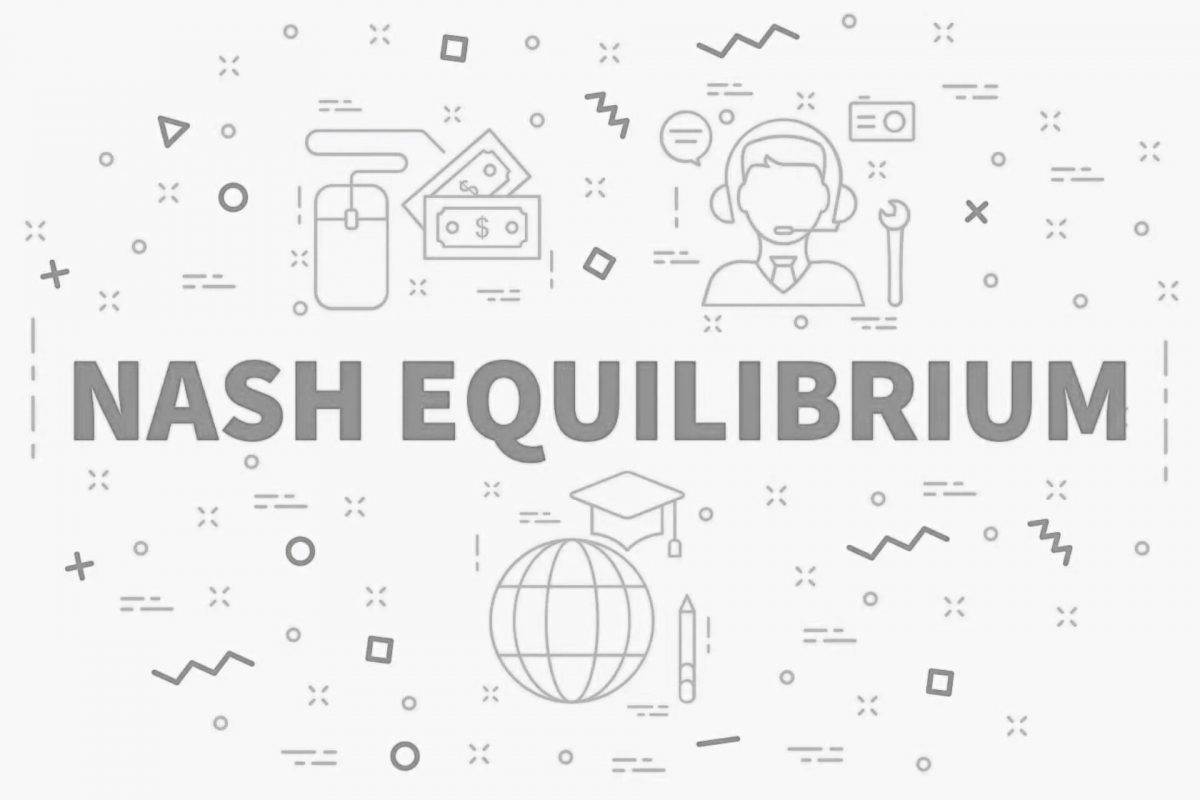Introduction
In the realm of decision-making, the Nash Equilibrium mental model plays a significant role. Coined after the brilliant mathematician John Nash, this concept seeks to explain a common phenomenon: individuals or groups, driven by self-interest, often make choices that are contrary to what may seem rational at first glance. Nash Equilibrium is not only rooted in human psychology but also manifests itself in our day-to-day lives. In this blog post, we will explore the concept of Nash Equilibrium, provide illustrative examples, delve into the mental biases that contribute to its prevalence, and equip readers with strategies to identify and overcome this fallacy.
Understanding Nash Equilibrium
At its core, Nash Equilibrium is a state in which no participant has an incentive to unilaterally deviate from their current choice, given the choices of others. In other words, it is a point where everyone involved, knowing the choices made by others, is making the best decision they can, taking into account the decisions of others. This concept is particularly relevant when analyzing situations involving multiple decision-makers, as it helps us comprehend how their choices interrelate and influence the overall outcome.
Psychological Anchoring of Nash Equilibrium
Nash Equilibrium is firmly rooted in human psychology. Our decision-making processes are often influenced by a variety of biases, including confirmation bias, loss aversion, and social conformity. These biases shape our perception of the world and influence our choices, leading us towards outcomes that may not align with our best interests. Nash Equilibrium capitalizes on these biases by exploiting our inclination to maintain stability and avoid change, even when it may be beneficial.
Examples of Nash Equilibrium in Various Contexts
- Personal Life Decisions: Imagine a scenario where two friends, Alice and Bob, are trying to decide which movie to watch. Alice prefers action movies, while Bob prefers romantic comedies. They both understand each other’s preferences but don’t want to compromise. In this case, the Nash Equilibrium is reached when Alice and Bob each watch their preferred genre separately, rather than compromising on a movie that doesn’t align with their tastes.
- Business Scenarios: Consider a competitive market with two rival companies, A and B, manufacturing similar products. Both companies are vying for customers and considering whether to lower their prices to attract more buyers. If Company A decides to lower its prices, it risks triggering a price war with Company B, resulting in reduced profits for both. As a result, both companies opt to maintain their current prices, ultimately reaching a Nash Equilibrium, even though lowering prices might benefit individual companies in the short term.
- Public Policy-Making: In public policy, Nash Equilibrium can manifest itself in situations where policymakers prioritize their political interests over the welfare of the general population. For instance, when multiple governments are reluctant to address climate change, each fearing economic consequences and voter backlash, they fail to collaborate and implement effective solutions. As a result, no government deviates from the status quo, leading to a suboptimal outcome for everyone involved.
Mental Biases and their Interplay with Nash Equilibrium:
Confirmation bias, the tendency to seek and favor information that confirms our pre-existing beliefs, plays a significant role in reinforcing Nash Equilibrium. Individuals tend to surround themselves with like-minded people who share their perspectives, further entrenching the equilibrium. Moreover, loss aversion, the tendency to strongly prefer avoiding losses over acquiring gains, contributes to the maintenance of Nash Equilibrium, as the fear of potential losses hinders individuals from deviating from established norms.
Identifying and Overcoming Nash Equilibrium:
To avoid succumbing to Nash Equilibrium, it is essential to recognize the signs of this mental trap. One key indicator is the presence of stable patterns that persist despite changing circumstances. If you find yourself in a situation where everyone’s choices remain constant despite evolving conditions, there is a possibility of Nash Equilibrium at play.
To break free from this fallacy, consider the following strategies
- Challenge Assumptions: Question the underlying assumptions that contribute to the equilibrium. Encourage open discussions and alternative perspectives to foster a more dynamic decision-making process.
- Seek Diverse Inputs: Engage with individuals who have different viewpoints, experiences, and backgrounds. Embrace diversity to ensure a wider range of options and avoid groupthink.
- Analyze Long-Term Consequences: Shift the focus from short-term gains or losses to long-term benefits. Evaluate the potential outcomes of different choices, encouraging a more holistic and forward-thinking perspective.
Conclusion
The Nash Equilibrium mental model provides valuable insights into decision-making processes and the fallacies that can hinder rational choices. By understanding the psychological underpinnings that contribute to this equilibrium, we can identify its occurrence in various aspects of our lives. Armed with the knowledge of Nash Equilibrium, we can overcome biases, challenge the status quo, and make more objective decisions. Awareness and active avoidance of this mental trap are crucial for personal growth, effective teamwork, and the pursuit of optimal outcomes in an increasingly complex world.
